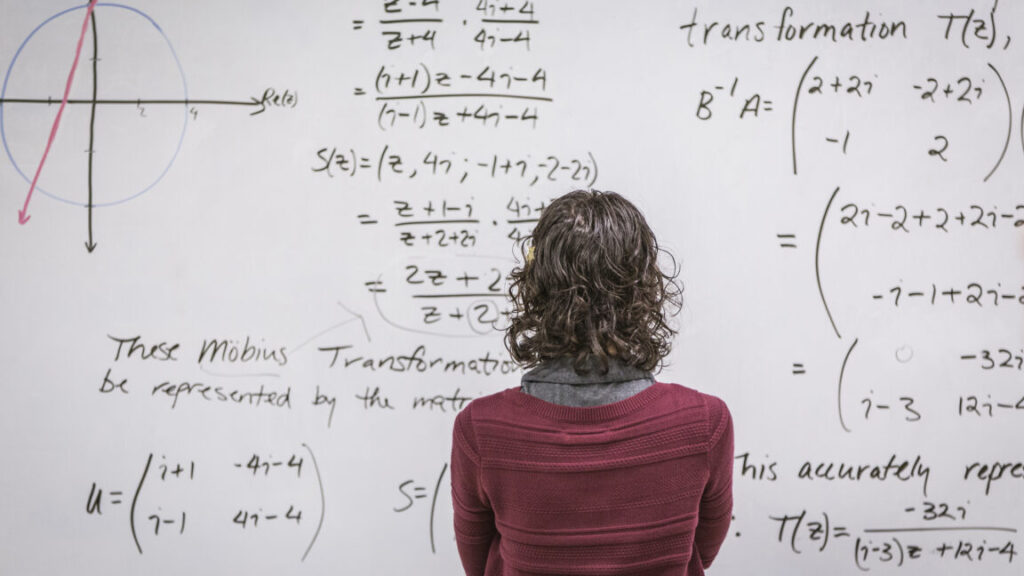Just like AlphaZero, AlphaProof in most cases used two main components. The first was a huge neural net with a few billion parameters that learned to work in the Lean environment through trial and error. It was rewarded for each proven or disproven statement and penalized for each reasoning step it took, which was a way of incentivizing short, elegant proofs.
It was also trained to use a second component, which was a tree search algorithm. This explored all possible actions that could be taken to push the proof forward at each step. Because the number of possible actions in mathematics can be near infinite, the job of the neural net was to look at the available branches in the search tree and commit computational budget only to the most promising ones.
After a few weeks of training, the system could score well on most math competition benchmarks based on problems sourced from past high school-level competitions, but it still struggled with the most difficult of them. To tackle these, the team added a third component that hadn’t been in AlphaZero. Or anywhere else.
Spark of humanity
The third component, called Test-Time Reinforcement Learning (TTRL), roughly emulated the way mathematicians approach the most difficult problems. The learning part relied on the same combination of neural nets with search tree algorithms. The difference came in what it learned from. Instead of relying on a broad database of auto-formalized problems, AlphaProof working in the TTRL mode started its work by generating an entirely new training dataset based on the problem it was dealing with.
The process involved creating countless variations of the original statement, some simplified a little bit more, some more general, and some only loosely connected to it. The system then attempted to prove or disprove them. It was roughly what most humans do when they’re facing a particularly hard puzzle, the AI equivalent of saying, “I don’t get it, so let’s try an easier version of this first to get some practice.” This allowed AlphaProof to learn on the fly, and it worked amazingly well.

